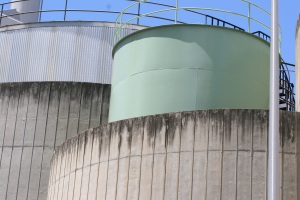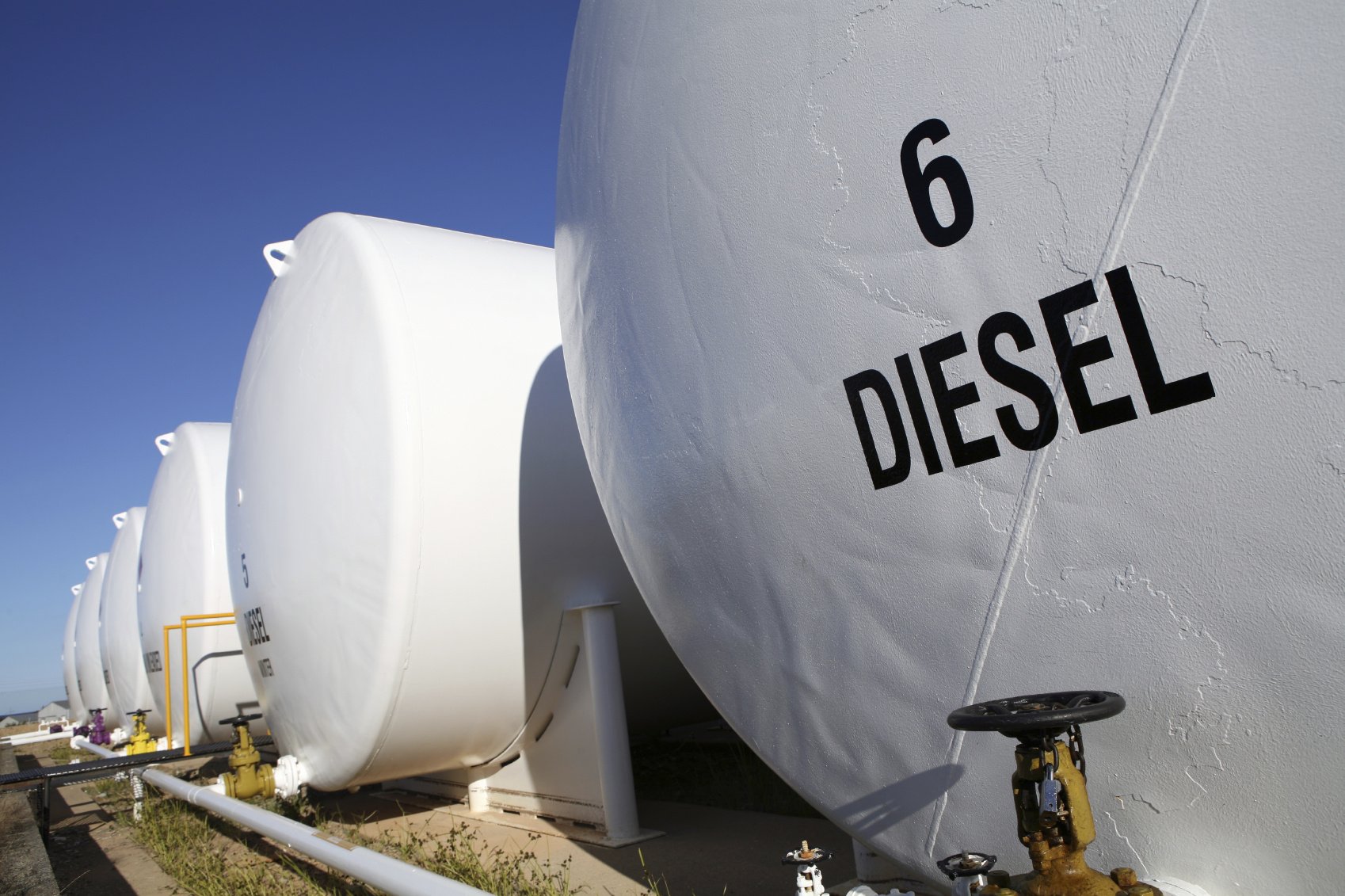Storing Fuel Long Term
What kind of things make fuels like biodiesel or diesel or ethanol go bad? What’s the best way to protect the investment made in these fuels?

For fuel professionals, the amount of information out there on the internet can feel like an overload at times. Especially when it comes to things like biodiesel fuels. So we wanted to go back to basics and give a little primer about the issue of biodiesel storage life. How long can you store it for and is there anything you can do to improve that?
All fuels degrade over time. The old-school logic from the fifties held that diesel fuels could be kept relatively fresh for 1-2 years or more. The advent of ultra-low sulfur diesel cut this expected storage life to 6-12 months. Add biodiesel into the situation and the figure changes again. So there's no one stock answer to the question - a fuel's storage life is going to depend on a host of factors related to storage conditions.
The influencers of storage life for both conventional diesel and biodiesel would be contamination with microbes and/or chemicals, light, storage temperature, oxygen exposure, and the type of biodiesel feedstock that the fuel was made from.
Microbial contamination substantially affects biodiesel storage life because microbes love to feed on biodiesel fuel. Any time you get water in a fuel storage tank, the possibility of microbial contamination inevitably follows. This can reduce the usable storage life of a fuel from months to weeks. Often, by the time you recognize microbial contamination is going on, the problems are pretty well advanced. When this happens, you can kill the microbes within the fuel, but the fuel itself may already be degraded to the extent that its ignitability is compromised. And no biocide or treatment would reverse that damage.
Oxidative stability and damage are the other big influencers to the storage life of biodiesel fuel. Biodiesel, because it's made from vegetable or animal fat, is quite susceptible to attack and breakdown from oxygen exposure. Even though they are chemically processed to burn like diesel fuel in an engine, biodiesel molecules aren't exactly the same in structure as petroleum molecules. They have more areas on their molecular structure that are weak points for oxygen and free radicals to attack, reacting and breaking the molecules apart. The resulting byproducts are often acids. The fuel becomes thicker and you get corrosion to storage tanks and components, not to mention the formation of sediments.
We mentioned feedstock earlier as an influencing factor. Some feedstocks (like palm and coconut oil and tallow) result in FAMEs that are more stable than others (like soybean or canola). What you can find, interestingly, is that the feedstocks that are most stable tend to have the worst cold weather handling properties, and vice-versa. So biodiesel users in Florida or Hawaii would be best off using fuel made from tallow or palm oil since those geographic areas stay warmer. But biodiesel users in Minnesota might elect to go the opposite way and use soy or canola fuels that perform better in cold weather. They just have to deal with more instability issues as a tradeoff.
The differences in both stability and cold weather performance stem from the amount of "saturation" in the biodiesel molecules. Biodiesel produced from feedstocks with a higher saturation level, such as animal fats or tallow, tends to have better oxidative stability. Saturated fats are less prone to oxidation compared to unsaturated fats. This means that biodiesel with a higher saturation level is less likely to degrade over time and form harmful byproducts that can negatively impact engine performance.
Conversely, biodiesel derived from feedstocks with lower saturation levels, such as soybean oil or canola oil, may have lower oxidative stability. Unsaturated fats are more susceptible to oxidation, which can lead to the formation of compounds like free fatty acids and peroxides, causing biodiesel to become less stable and potentially leading to filter plugging and injector fouling.
Since we mentioned there's an inverse relationship with cold weather gelling, let's talk about that, too. Biodiesel with a higher saturation level generally has better cold flow properties. Saturated fats have a more linear molecular structure, allowing them to stack more closely together and resist crystallization at lower temperatures. This results in a lower Cold Filter Plugging Point (CFPP), meaning the biodiesel remains in a liquid state at colder temperatures, reducing the risk of gelling and engine clogging.
Biodiesel produced from feedstocks with lower saturation levels, such as soybean or canola oil, may have poorer cold flow properties. Unsaturated fats have kinks in their molecular structure due to double bonds, making it easier for them to form crystals at colder temperatures. As a result, biodiesel with lower saturation levels may have a higher CFPP and be more prone to gelling in cold weather conditions.
Does anything else contribute to stability or lack thereof? Besides exposure to oxygen, light can accelerate decomposition reactions by contributing energy to drive the reactions along. It's the same reason fuel goes bad quicker in hot environments - the air temperature provides the necessary energy for the chemical reactions in the fuel. And we mentioned chemical contamination earlier, by which we really mean exposure to certain types of metals like copper and brass. These metals act as catalysts to increase chemical breakdown reactions in the fuel.
If you're storing biodiesel fuel, whether B100 or a lower blend, it's recommended to treat the biofuel with both a biocide and a stability agent. The biocide will prevent the establishment of microbial contamination while the stability agent blocks the initial chemical reactions that lead to the chain reactions that result in stored fuel losing its quality.

What kind of things make fuels like biodiesel or diesel or ethanol go bad? What’s the best way to protect the investment made in these fuels?

The typical conditions of summer work together to decrease the effective storage life of diesel fuel. That’s especially true with ultra-low sulfur...
Maintaining today's stored backup fuels is a bigger job than it used to be. One major reason is that fuels themselves have changed. Ultra-low sulfur...